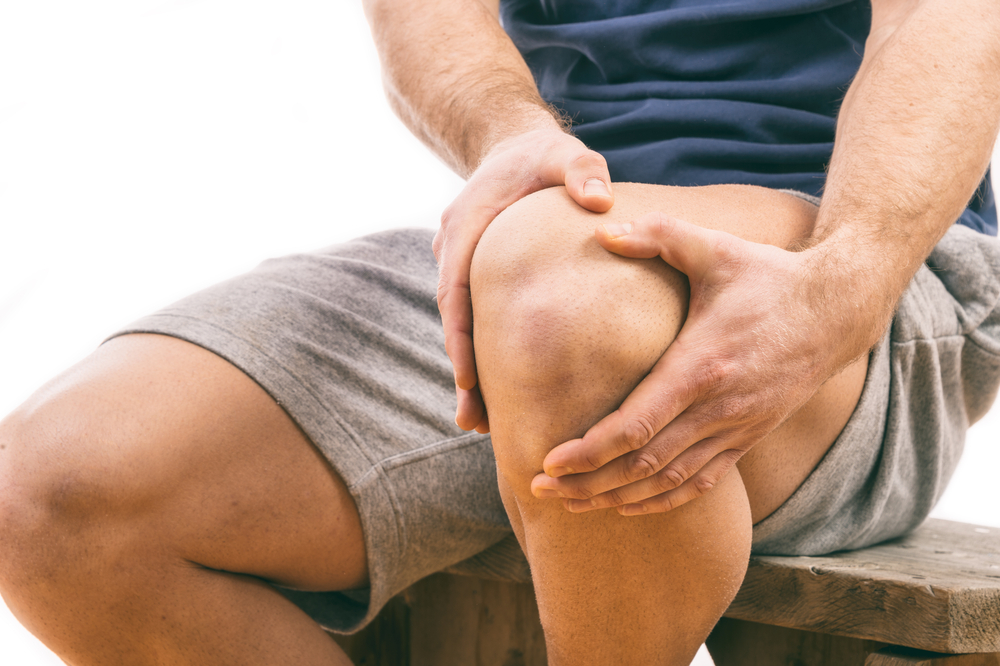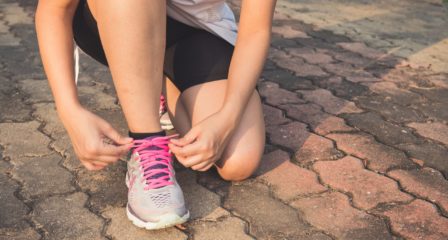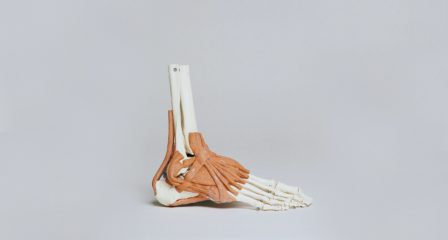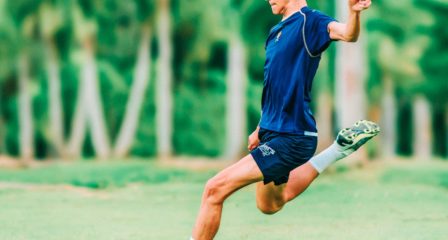Fact: You don’t need to reduce exercise or activity if you have osteoarthritis.
Recent evidence has demonstrated that various forms of exercise including hydrotherapy, strength training, and aerobic exercise have no negative effects on cartilage health in people with knee OA. Despite some brief pain flare ups during exercise periods, pain did NOT correlate with any deterioration on the joint health. In fact, in these studies there was no deterioration of cartilage health or any inflammatory markers, but had some small improvements (Bricca et al 2019).
Reference: Bricca A, Struglics A, Larsson S, et al (2018). Impact of exercise therapy on molecular biomarkers related to cartilage and inflammation in people at risk of, or with established, knee osteoarthritis: a systematic review and meta-analysis of randomized controlled trials. Arthritis Care Res, doi:10.1002/acr.23786.
Fact: Most joints will click, pop and crack sometimes. It’s not always bad.
Most clicks and pops are completely harmless gas bubbles popping in our joints when we move them suddenly, creating changes in pressure, similar to air escaping with a bang from a popped balloon. Occasionally, pops and clicks can be the result of friction between tendons, connective tissue and joint surfaces, however this is rarely symptomatic or harmful. Physiotherapists will be more concerned by locking and catching sensations limiting joint movement. This can be a sign of a joint pathology such as meniscal and labral tears, and should be assessed to be safe.
Fact: The decision of surgery vs non-operative management is not a black and white approach.
Whether this be a ligamentous injury such as the ACL, or an injury to your cartilage called the meniscus, it is important that you are involved in the decision making with your physiotherapist and surgeon. The decision should be highly individualised and should consider:
- the nature of the injury (isolated or combined with other injured tissues)
- the patients goals and expectations
- anatomy (some people are more predisposed to such injuries dependant on tibial slope and femoral morphology)
- clinical instability and current level of strength/function
- financial considerations that come with surgery (cost and time off work)
- the individuals compliance to rehabilitation and coping strategies (with pain, trauma of surgery, rehab commitments).
- Considerations regarding age, gender, hormonal and nutritional elements
Myth: My scan shows bone on bone so I can’t be as active as I was.
Radiographic findings often have very poor correlation to an individual’s symptoms. We now know that exercise does not affect cartilage health adversely and in fact being active should be encouraged to maintain cartilage health, maximise physical function, quality of life, general health and wellbeing. The focus for individuals with symptomatic degenerative changes should be on minimising and managing symptoms, and maximising function. Most individuals will see significant improvement in pain and function with a well structured strength and conditioning program, and should trial this under the guidance of their physiotherapist prior to rushing to surgery.
Myth: A brace will make me less likely to get injured.
Although a brace can often feel more secure and alleviate symptoms temporarily, it may reduce muscle strength and increase reliance on the brace in the long term. The overall aim of many exercise programs is to improve strength and stability in surrounding muscle groups of the joint whilst building confidence. Therefore a brace is rarely encouraged beyond an acute flare up of symptoms (e.g a few days), or used exclusively during a provocative task. Note: this advice does not relate to post-operative braces prescribed by your surgeon during the healing process
Myth: The footballers on TV get back to their sport within 12 months, so I should too.
In regards to ACL injury, the media coverage of sport often portrays a quick recovery back to a high level of sport, often well within 12 months. This creates an expectation within the average population that they should achieve the same. Indeed this is possible, however these footballers are starting from an elite level of fitness, strength, single leg control, with finely tuned neuromuscular control. Essentially, they have a higher baseline and not so far to go post surgery, not to mention they are paid to hit the gym full time! Chat with your physiotherapist, and have an honest discussion about where you want to be and when, and what you have to do to achieve these goals.



